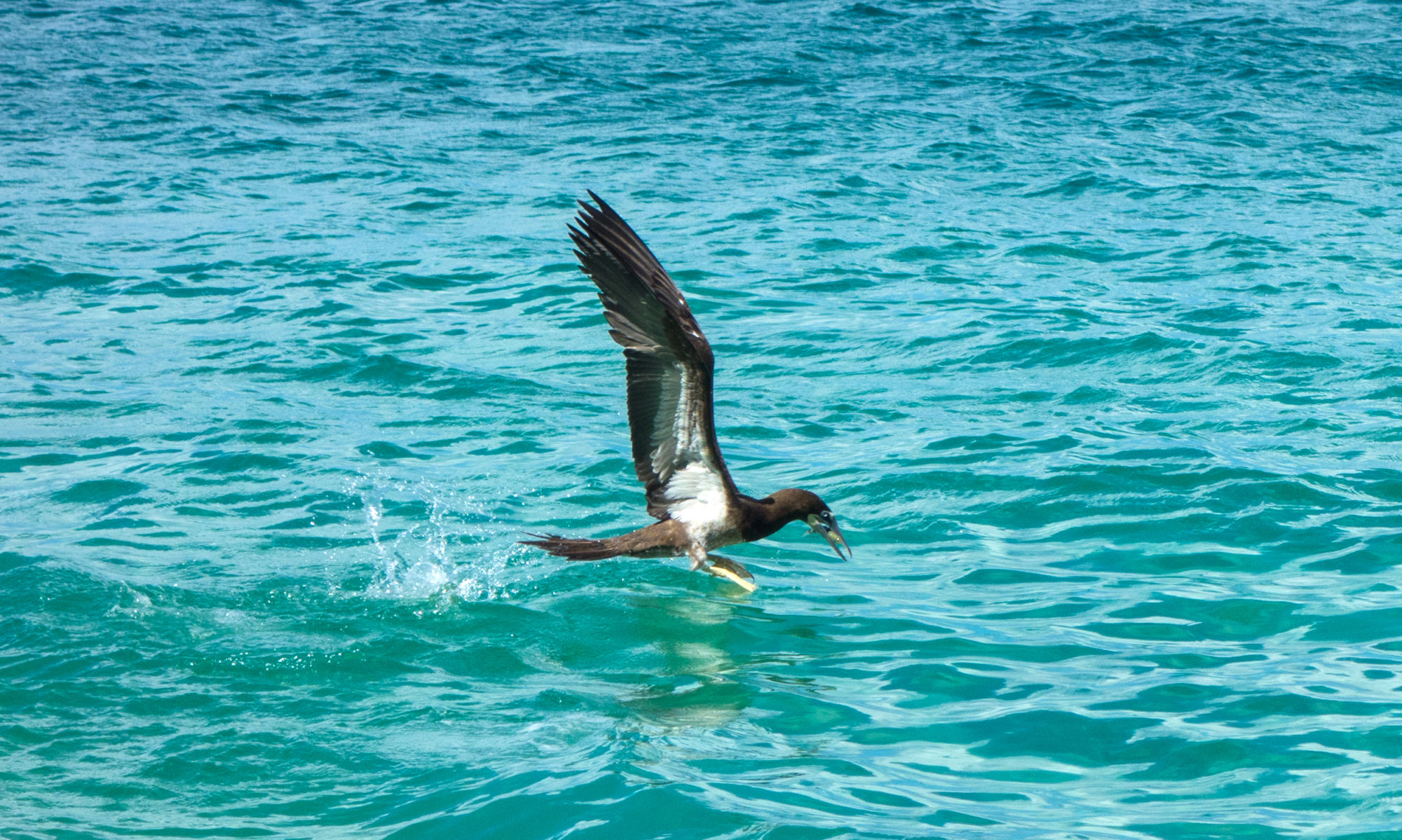Whenever a tourist asks me which restaurants make REAL local food I look at them and wonder if they know what they are asking for. I have listened to visitors over the years talk about such and such a restaurant with fabulous local cuisine only to discover they were served lobster thermidor. Sorry people, that is NOT local cuisine! Real local food is hard to find at restaurants on Bequia. Variations of it are served at most places, and these variations were created to make the tourists happy. True local dishes are often an acquired taste, and at times the food doesn’t look attractive on a restaurant’s plate. Visitors don’t know what they’re missing and are therefore happy to consider beautifully presented lobster thermidor typical West Indian cuisine

In my early days on Bequia I ate food I rarely see in these modern times. Shortly after my arrival on the Island I was taken to a rum shop where they were serving pig foot souse. Yes, the trotters were in the cup and they were hard and rather gelatinous. I nearly puked after the first bite but as I continued eating I realized they were delicious. Not pretty but tasty! All the souses and soups I tried took getting used to, my Canadian palate was put to the test whenever I was offered something I had never tasted before. Chewing my way through coconut dumplings, breadfruit, tannia, lacatan and eddo was a pleasure once I got used to the different tastes and textures.

Rice and peas is a West Indian staple but most restaurants don’t serve the “Real McCoy”. Making rice and peas in days gone by was a time-consuming operation, the rice from Guyana had to be picked grain by grain in order to remove stones, wood and moving critters such as weevils. Picking rice for a large family could take half the morning! The green pigeon peas, picked from the home garden, had to be shelled by hand and then stewed with onions and garlic until they were tender. Once the rice was added to the pot a generous dollop of orange canned butter was usually added to enhance the flavor. Today’s rice and peas is made with packaged long grain par-boiled rice and canned pigeon peas, and it is not the same, not the same at all.

Goat water, when served at a restaurant on Bequia, doesn’t hold a candle to the real thing but gives Island visitors a thrill, they can tell people at home all about eating local goat water. One never sees a true boileen at a Bequia restaurant either, but then again glassy fish eyes peering sightlessly up from the soup bowl might act as a deterrent. The standard restaurant fare is pumpkin soup or callaloo soup, and although often very uninspired they ARE made with local vegetables and are therefore something not served in North American or European restaurants.

Fish. Tourists want fish. I doubt they will get fried robin stuffed with farine with fungee on the side. Or breadfruit roasted in a fire until it’s black on the outside and tender on the inside. Fish is getting harder to obtain as the demand increases, and visitors want what is now called mahi-mahi at Bequia’s dining establishments. I have been quite annoyed on a few occasions to be told that mahi-mahi (Dolphin fish to me) is the fish of the day when it’s actually kingfish or tuna. Some restaurants figure that tourists won’t know the difference and shame on them, there is a big difference between dark tuna and white dolphin fish!

The point of this story is that restaurants lean towards serving what they think the tourists want, and that’s ok. Mac and I did it for years when we introduced lobster on top of pizzas and it made a lot of visitors happy. They will rarely see whale or turtle on a menu and that’s ok too. If island visitors are never exposed to true local dishes they won’t know what they’re missing. “Nuff said!



